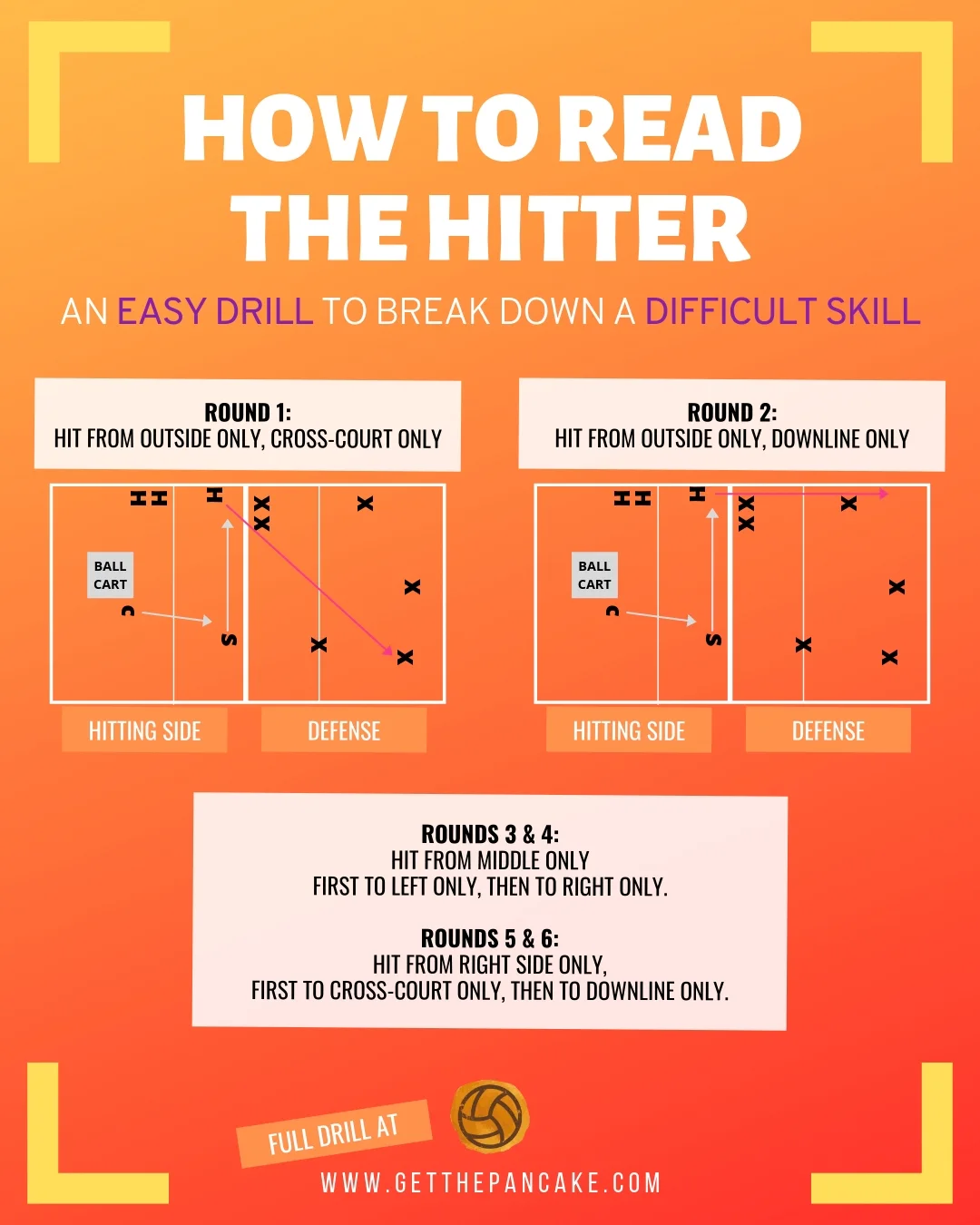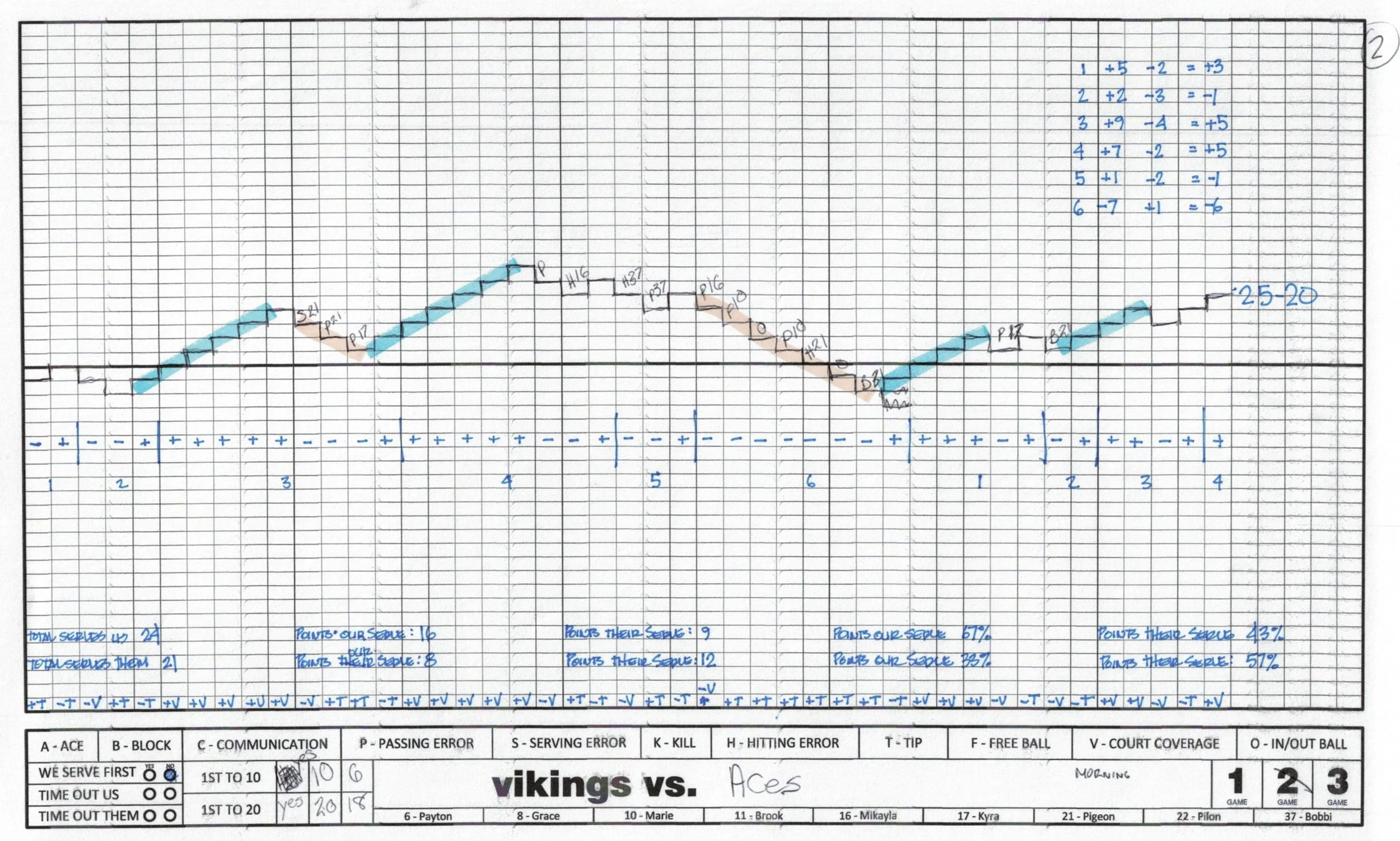No matter what age you coach, you’ve probably seen it happen. Maybe it was in the middle of a long rally, or happened on the first attack. It could have been due to a deceptive jump set, or just a misread of your opponents attack.
What am I talking about?
When the middle goes up to block with the setter/middle, and the set goes somewhere else.
In other words… your defense becomes a lot less effective.
Run this drill to practice your team’s reaction to this common mistake.
Read More






















